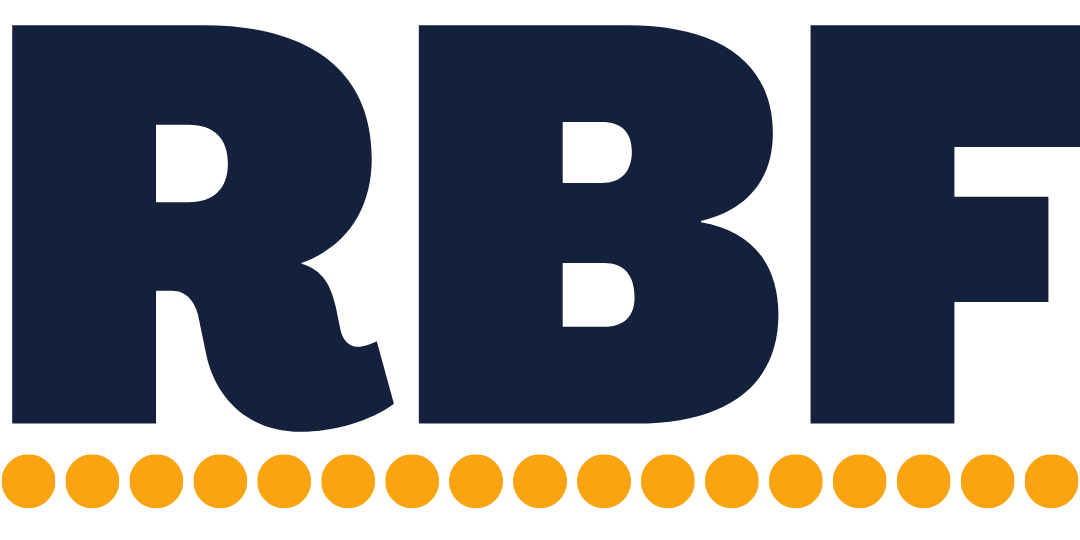Review your project profitability to learn better pricing
Profitable project pricing is unassumingly difficult. You need to accurately do client discovery, assess the scope, plan employee capacity/labor, figure out how much overhead and direct expenses will cost you, and build some profit into your proposal, all while staying relatively competitively priced. And, while we give new project pricing and proposals a lot of thought when we’re first quoting them, we just kinda assume client projects will always be profitable as long as they remain in scope, which isn’t necessarily true. A project can remain in scope while becoming unprofitable or a poor use of capacity. For example, your client might take full advantage of your “unlimited support” and send a lottt of emails/messages, your discovery might’ve been inaccurate and this project may be much more time-consuming than you’d anticipated, or a subcontractor may go way over budget.
And, that unprofitability won’t be immediately obvious on standard reports (like the Profit & Loss, timesheets, or a capacity report) because the extreme profitability of other projects can prop up the unprofitability (or underperformance and wasted resources) of one. You should regularly and specifically review your project profitability to make sure things are going to plan, no single service offering or client is dragging profitability down, and, most importantly, to learn from your mistakes and inaccurate assumptions so you can quote more profitable proposals in the future. And, if you don’t take time to review your pricing and projects, you’re bound to keep making those pricing mistakes and hold back your business’s overall revenue and profit.
The three main numbers:
You can get incredibly granular with project profitability and include overhead (eg, insurance, rent, software, etc) or nonbillable employee hours (eg, admins, receptionists, bookkeepers, etc). But, we’re focusing on whether projects were priced correctly and whether our time estimates were accurate, so we’ll focus on three main numbers: revenue, direct expenses, and direct labor.
- In this situation, revenue should only include the collectible revenue (as opposed to the full quoted proposal price). Collectible revenue can be very different from your quoted price if you’re frequently discounting or writing off invoices as uncollectible.
- Direct expenses are expenses that’re directly and solely attributable to a specific project. For example, contractors that work on a specific project, software you buy only for one client, client ad spend (if you’re paying for it and they reimburse you), plugins or other tools you needed to buy for that project, etc.
- Similarly, direct labor is all labor that’s directly attributable to a specific project. (It’s also sometimes called billable hours/labor.) Since we’re focusing on profitability, multiply the number of hours worked times the employee’s hourly wage (or hourly wage equivalent, if they’re salaried), instead of by their billable rate.
- Lastly, your project profitability will be: collectible revenue – direct expenses & labor. Because we aren’t including overhead, you’ll always want this number to be positive. If it’s near $0 or negative, you’re probably losing money once you factor in overhead.
Critiquing pricing and not employees:
It’s very easy to look at project profitability and think your employees wasted time or weren’t efficient enough. And, while that’s possible, that’s not the point of project profitability. You could see if your employees went over their time budgets with a standard timesheet or capacity report. We want to see if the time and cost estimates you made for your proposal were accurate and you charged enough or if you need to tweak your assumptions for future proposals/projects. And, if an employee ‘spent too much time’ on a project, then maybe your pricing should’ve been higher to accommodate that and the next time a similar project or client comes your way, you should charge more than you initially would’ve thought.
How frequently you should review:
Project profitability doesn’t necessarily need to be part of your monthly financial review (although, it could be). But, you should review it at regular intervals that work for your business and client base. If you do a lot of large finite projects, review profitability at either the end of each project or do a quarterly round-up of finished projects so you can learn where your pricing was inaccurate and how to better price the next one. Or, if you do a lot of recurring projects, check it quarterly and always check it before re-engaging and extending a client’s contract. You want to make sure it’s profitable before extending.
To use accounting software or not :
Most accounting software has project profitability features in their higher-tier plans. And, it’s heavily used feature in the construction industry (where there’s thin margins and a lot of direct expenses that need tracking), but usually ignored by other industries. If you want to review your project profitability very regularly (eg, every week), sporadically (eg, on a random Tuesday evening), or have a lottt of direct expenses, then you’ll need to track project profitability in your accounting software. On the other hand, if you only have a handful of larger clients and want to review project profitability quarterly, manually preparing the report from a timesheet will probably be easier and take less time.
Action Item:
Pick a random project you recently finished and check its profitability. Or, if you’re about to renew a contract, make sure it’s profitable.
💪 What we do at Resting Business Face 😤
🚀 Finance Partner: Forecast the next 12+ months, improve your cash flow, and work closely with yours truly.
🤓 Hands-off Consulting: Annual forecasting and quarterly calls when you need just a touch of guidance.
🏛️ Tax Essentials: Taxes, accounting, and payroll to keep your business on the IRS's good side.
